Could a tiny switch redirect light between computer chips?
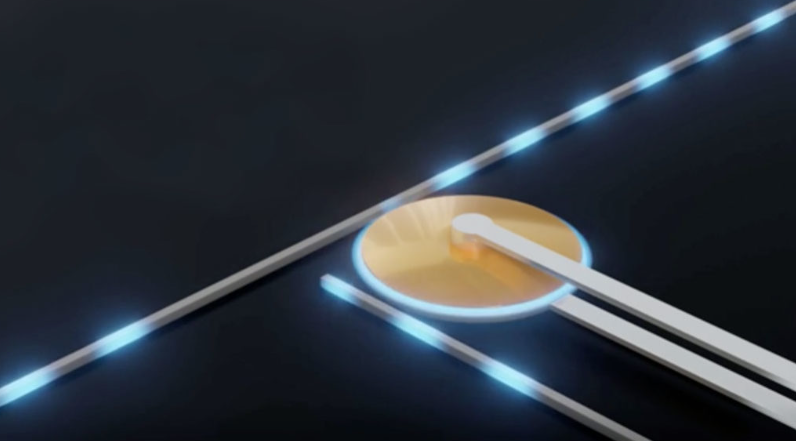
Microscopic switches that route light signals between computer chips like tiny traffic conductors could help make electronics faster and more efficient. Light waves can carry information more easily than the electrical current used in traditional circuits, because light particles called photons pass through materials without interacting with their surroundings as much as electrons, but until now, mechanical switches designed to manipulate such Data-carrying light waves have operated relatively slowly and required impractically high electrical voltages to function.
Now, the newly designed switches redirect light in less than a millionth of a second using only about one volt of electricity, comparable to voltages used in ordinary electronics, the researchers report. Electronics equipped with the new switch design to process data with light instead of electricity could help self-driving cars scan their surroundings for traffic and pedestrians or read information from quantum computers.

Each switch consists of an ultra-thin gold disk suspended on a silicon wafer. By applying a small voltage across the switch, the gold disk bends up like a bowl or tilts down like an umbrella, the orientation of the gold disk at any given time controls whether the light flowing through a structure similar to a nearby wire called a waveguide continues without interruption or deviates.
As the light from the waveguide passes through the switch, some of the light filters through a racetrack-shaped space between the gold disk and the silicon wafer, spins around the track, and recombines with waveguide light. If the gold plate is curved upward, the peaks and valleys of the light waves leaving the track align with those of the waveguide, reinforcing the light along its original path, but if the gold plate gold is bent towards the silicon wafer, interactions with the electrons in the gold slow down light as it travels down the race track. That causes the valleys of the light waves exiting the track to coincide with the peaks of the waves flowing through the waveguide, canceling each other out and blocking the flow of light along its original course.
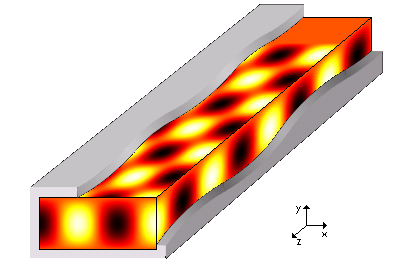
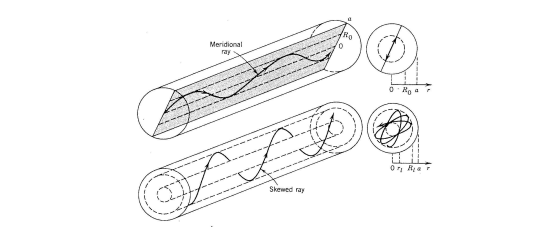
A second waveguide placed on another side of the silicon wafer can provide an off-ramp for some light to escape the race track and start a new path. Many interconnected switches that choreograph the journey of various light signals between different electronic components could help a computer perform sophisticated operations. The new switches redirect light waves in tens of nanoseconds, compared to the microsecond switching times of similar devices; such high speeds are possible because the gold plate is lighter and easier to manipulate than the bulky components of other switches.

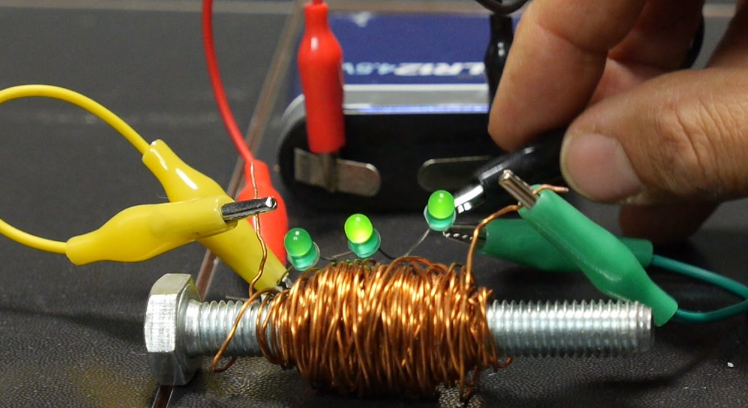
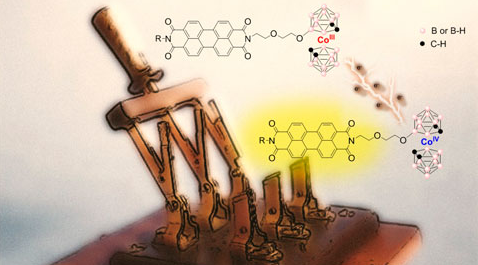


Responses